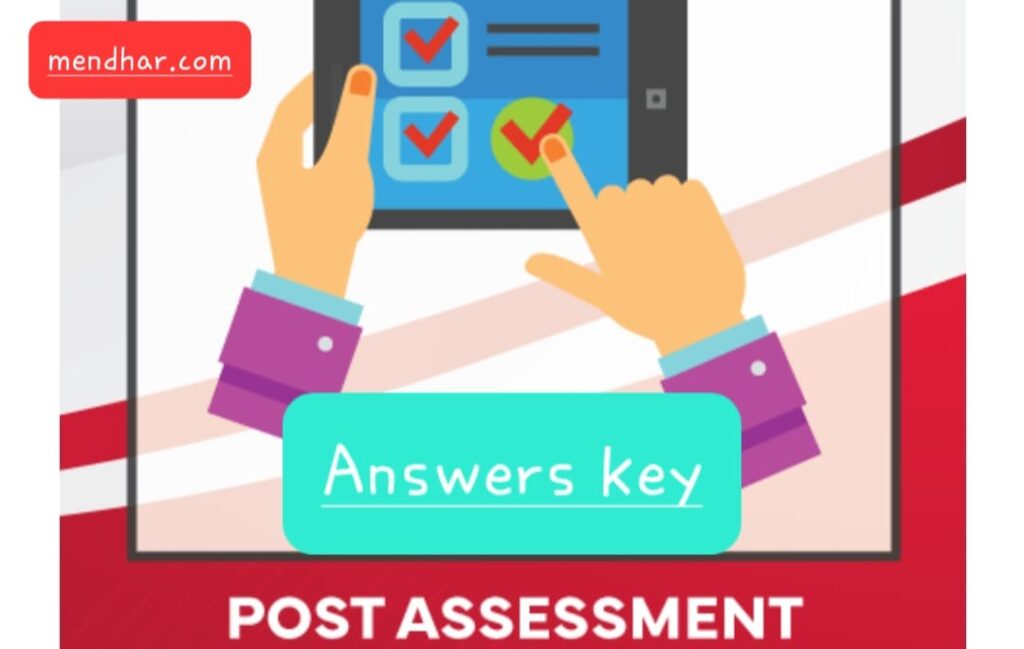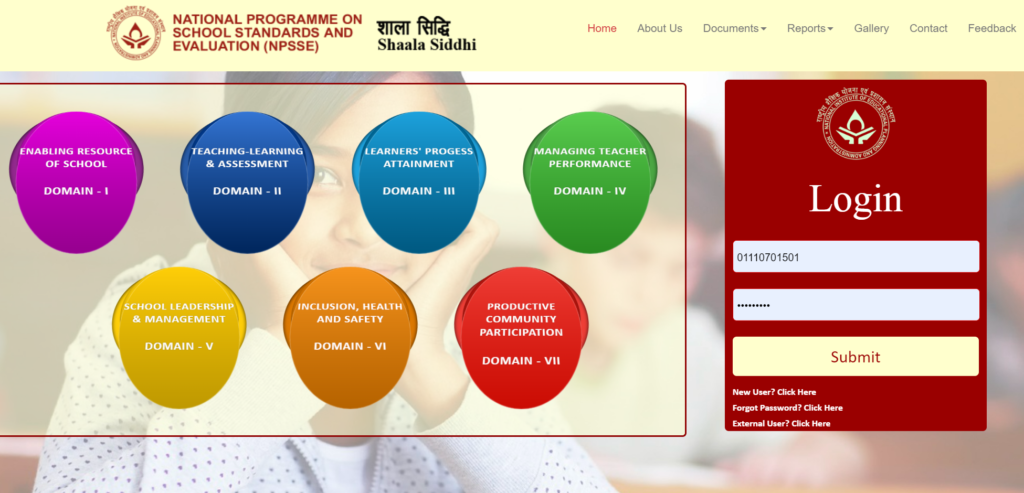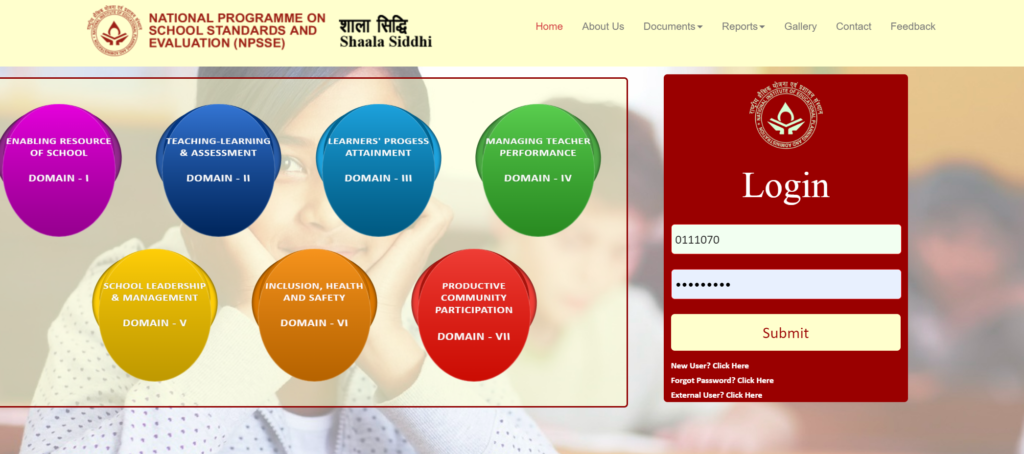Post Assessment 2: Answer Key from Teacher App

In this blog post, we will provide the comprehensive Post Assessment 2: Answer Key to assist educators in evaluating their understanding of key educational concepts. This answer key is designed to clarify any doubts and reinforce the knowledge gained during the assessment. By carefully reviewing the Post Assessment 2: Answer Key, teachers can ensure that they are well-prepared to implement effective teaching strategies in their classrooms.
The Post Assessment 2: Answer Key covers a range of topics, including vocabulary building, inquiry-based learning, reading fluency and comprehension, problem-based learning, and the Jigsaw technique. Each question in the assessment is crafted to test the practical application of these concepts, ensuring that teachers can translate theoretical knowledge into real-world teaching practices.
By referencing the Post Assessment 2: Answer Key, educators can cross-check their answers and understand the rationale behind each correct response. This process not only solidifies their grasp of the material but also highlights areas where further improvement may be needed. Moreover, the Post Assessment 2: Answer Key serves as a valuable resource for continuous professional development, enabling teachers to stay updated with the latest educational methodologies.
We hope this Post Assessment 2: Answer Key proves to be a useful tool in your teaching journey, helping you to create an engaging and effective learning environment for your students. By utilizing this answer key, you can confidently address any challenges that arise and foster a deeper understanding of the essential principles of education.
Post Assessment 2: Answer Key
In the context of vocabulary building, what are Tier 2 words?
- Simple words children already know / सरल शब्द, जिन्हें बच्चे पहले से जानते हैं
- Words that are easy to read and found in storybooks / ऐसे शब्द जो पढ़ने में आसान हैं और कहानी की किताबों में पाए जाते हैं
- Words that are not common in children’s books but used by adults / ऐसे शब्द जो बच्चों की किताबों में आमतौर पर नहीं होते लेकिन वयस्कों द्वारा उपयोग किए जाते हैं ✅️
- Technical jargon used in specific fields / विशिष्ट क्षेत्रों में उपयोग होने वाली तकनीकी शब्दावली
What is the role of the “bigger picture question” in inquiry-based learning?
- It is the only question students answer / यह केवल एक प्रश्न है जिसका उत्तर विद्यार्थी देते हैं
- It is a central question broken down into smaller questions / यह एक केंद्रीय प्रश्न है जिसे छोटे-छोटे प्रश्नों में विभाजित किया गया है ✅️
- It is ignored in favour of smaller questions / इसे छोटे प्रश्नों के पक्ष में नजरअंदाज किया जाता है
- It is a question with an obvious answer / यह एक ऐसा प्रश्न है जिसका उत्तर स्पष्ट है
What is the difference between reading fluency and reading comprehension?
- Fluency is about reading speed; comprehension is about understanding / प्रवाह पढ़ने की गति के बारे में है; कॉम्प्रिहेंशन (समझ) का मतलब है समझना। ✅️
- Fluency involves decoding words; comprehension involves writing them / प्रवाह में शब्दों का डिकोडिंग शामिल है; समझ में लिखना शामिल है
- Fluency focuses on vocabulary size, comprehension focuses on grammar / प्रवाह शब्दावली के आकार पर केंद्रित है, समझ व्याकरण पर केंद्रित है
- Fluency relates to speaking skills, comprehension to listening skills / प्रवाह बोलने के कौशल से संबंधित है, समझ सुनने के कौशल से संबंधित है
Post Assessment 2: Answer Key
Which example illustrates problem-based learning in a classroom?
- Students conducting an inquiry into substances needed for seeds to grow / विद्यार्थी उन पदार्थों की जाँच कर रहे हैं जो बीजों के बढ़ने के लिए आवश्यक हैं ✅️
- Students creating a newspaper advertisement for a brand of shoes / विद्यार्थी एक ब्रांड के जूतों के लिए एक अख़बार विज्ञापन बना रहे हैं
- Students memorising historical dates / विद्यार्थी ऐतिहासिक तिथियों को याद कर रहे हैं
- Students reading a textbook chapter / विद्यार्थी पाठ्यपुस्तक का एक अध्याय पढ़ रहे हैं
Which technique involves students becoming experts in different sections and then teaching their peers?
- Inquiry-based learning / जाँच-आधारित शिक्षा
- Problem-based learning / समस्या-आधारित शिक्षा
- Jigsaw technique / जिगसॉ तकनीक ✅️
- Direct instruction / प्रत्यक्ष निर्देश
What is one of the primary benefits of leveraging technology wisely in the classroom?
- Reducing the workload for teachers / शिक्षकों का कार्यभार कम करना
- Increasing student engagement and enhancing learning / छात्रों की भागीदारी बढ़ाना और सीखने को बेहतर बनाना ✅️
- Allowing students to play games / छात्रों को खेल खेलने की अनुमति देना
- Eliminating the need for teachers / शिक्षकों की आवश्यकता को समाप्त करना
How can the Jigsaw technique be applied effectively in a classroom setting?
- By having students work individually on all parts of a project / विद्यार्थियों को किसी परियोजना (प्रोजेक्ट) के सभी भागों पर व्यक्तिगत रूप से काम करवाना
- By assigning each student a different topic to research and then present to the group / प्रत्येक विद्यार्थी को शोध करने के लिए एक अलग विषय देना और फिर समूह के सामने प्रस्तुत करवाना ✅️
- By conducting a quiz on a given topic / दिए गए विषय पर एक क्विज़ का आयोजन करना
- By having students write an essay about a topic / विद्यार्थियों को किसी विषय पर एक निबंध लिखने के लिए कहना
Post Assessment 2: Answer Key
What is the most effective approach in fostering children’s growth as writers?
- Providing daily authentic writing opportunities and recognizing their writing stages / दैनिक प्रामाणिक लेखन के अवसर प्रदान करना और उनके लेखन चरणों को पहचानना ✅️
- Correcting grammar and spelling in all their writing / उनके सभी लेखन में व्याकरण और वर्तनी को सही करना
- Having them copy text from books / उन्हें किताबों से पाठ्य-सामग्री की नकल करवाना
- Ensuring they write lengthy essays / यह सुनिश्चित करना कि वे लंबे निबंध लिखें
What caution was mentioned in the presentation regarding innovative pedagogical approaches?
- Ignoring content knowledge / विषय-वस्तु के ज्ञान को अनदेखा करना ✅️
- Overemphasis on technology / प्रौद्योगिकी पर अत्यधिक जोर देना
- Neglecting classroom decorations / कक्षा की सज़ावट की उपेक्षा करना
- Eliminating traditional assessment methods / पारंपरिक मूल्यांकन तरीकों को समाप्त करना
How would you implement a “Distancing” prompt to enhance the learners’ engagement with the story using the CROWD strategy?
- “What did the caterpillar eat on Wednesday?” / “कैटरपिलर (इल्ली) ने बुधवार को क्या खाया?”
- “Why do you think the caterpillar was so hungry?” / “आपको क्या लगता है कि कैटरपिलर (इल्ली) इतनी भूखी क्यों थी?”
- “The caterpillar turned into a beautiful ____.” / “कैटरपिलर (इल्ली) एक सुंदर ____ में बदल गई I”
- “Have you ever felt very hungry like the caterpillar? What did you do?” / “क्या आपको कभी कैटरपिलर (इल्ली) की तरह बहुत भूख लगी है? आपने क्या किया?” ✅️



Appreciable